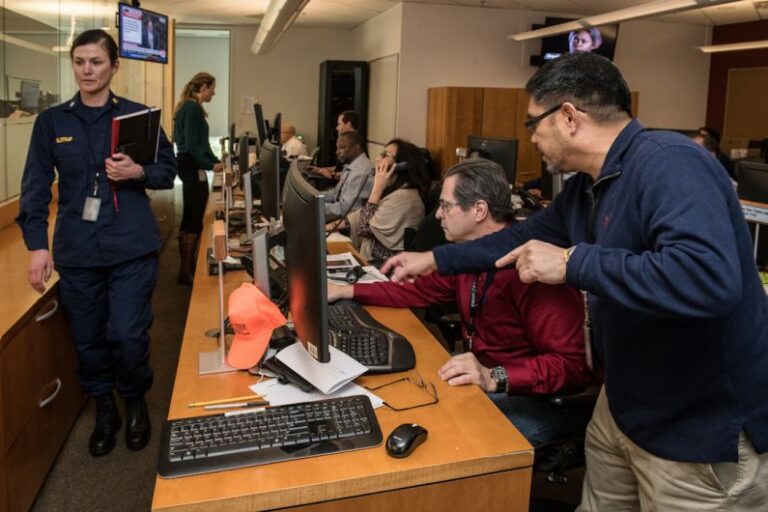Strategic Planning: Visioning for the Future in Leadership
In the realm of leadership, the ability to envision the future and craft a strategic plan to navigate towards that vision is a crucial skill. Strategic planning goes beyond merely setting goals; it involves a comprehensive approach to laying out a roadmap for success. Effective leaders understand the importance of having a clear vision and direction for their organization or team. By engaging in strategic planning, leaders can anticipate challenges, capitalize on opportunities, and steer their followers towards a common goal.
**The Power of Vision**
At the core of strategic planning lies the concept of vision. A vision is a compelling picture of the future that inspires and motivates individuals to work towards a common purpose. Leaders who possess a clear and inspiring vision can rally their team members around a shared goal, fostering a sense of unity and purpose. A well-articulated vision serves as a guiding light, providing direction and focus amidst the complexities of day-to-day operations.
**Setting Goals and Objectives**
Once a vision is established, the next step in strategic planning is setting specific goals and objectives to bring that vision to life. Goals should be SMART – specific, measurable, achievable, relevant, and time-bound. By articulating clear and actionable goals, leaders can create a roadmap for success that delineates the steps needed to achieve the overarching vision. Objectives act as the building blocks that, when achieved, contribute to the realization of the broader goals.
**Environmental Analysis**
Strategic planning also involves conducting a thorough environmental analysis to assess both internal and external factors that may impact the organization’s ability to achieve its goals. Internal factors may include strengths and weaknesses within the organization, such as resources, capabilities, and culture. External factors encompass opportunities and threats present in the external environment, such as market trends, competition, and regulatory changes. By conducting a SWOT analysis – identifying strengths, weaknesses, opportunities, and threats – leaders can gain a comprehensive understanding of the landscape in which they operate.
**Strategic Initiatives and Action Plans**
With a clear vision, established goals, and an understanding of the internal and external environment, leaders can then develop strategic initiatives and action plans to move towards their desired future state. Strategic initiatives are high-level projects or programs that align with the organization’s goals and objectives. Action plans break down these initiatives into actionable steps, outlining responsibilities, timelines, and key performance indicators to track progress. By implementing strategic initiatives and action plans, leaders can effectively execute their strategic vision and drive tangible results.
**Communication and Alignment**
Effective strategic planning requires clear communication and alignment throughout the organization. Leaders must ensure that all team members understand the vision, goals, and action plans, and are aligned in their efforts towards achieving them. Regular communication channels, such as team meetings, progress updates, and performance reviews, can help keep everyone on the same page and foster a culture of accountability and collaboration. By maintaining open lines of communication and ensuring alignment, leaders can maximize the collective efforts of their team towards realizing the strategic vision.
**Adaptability and Continuous Improvement**
In a dynamic and ever-changing business environment, strategic planning must be a continuous and adaptive process. Leaders must be prepared to monitor progress, evaluate results, and adjust their strategies as needed to stay on course towards their vision. By embracing a mindset of continuous improvement, leaders can learn from both successes and failures, refine their approach, and pivot when necessary to navigate challenges and seize opportunities. Adaptability is key to staying agile and responsive in an increasingly volatile marketplace.
**Empowering Leadership for the Future**
In conclusion, strategic planning is a foundational element of effective leadership. By envisioning the future, setting clear goals, conducting environmental analysis, developing strategic initiatives, fostering communication and alignment, and embracing adaptability, leaders can empower their teams to achieve success. Visioning for the future in leadership is not simply about dreaming big; it is about taking intentional and strategic steps to turn those dreams into reality. Leaders who master the art of strategic planning can navigate uncertainty, inspire their followers, and chart a course towards a brighter future.






